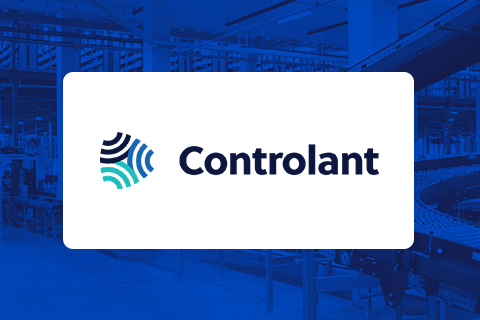Reduce bottlenecks and improve efficiency
Simul8 allows you to identify and reduce bottlenecks to cost-effectively improve the efficiency of production lines in pharmaceutical manufacturing.
Why is simulation used in pharmaceutical and medical device manufacturing?
Drug and medical device manufacturers seeking growth face a range of challenges, from intense global competition, to increasing pricing pressures and the implementation of new technologies such a continuous manufacturing.
With narrowing profit margins, developing products more efficiently and manufacturing them with greater levels of consistency by improving manufacturing processes is seen a major factor in improving revenues and remaining competitive.
How manufacturers plan and manage facilities, equipment, staffing and raw materials, as well as the range of processes in place, can be very complex and dynamic, particularly as conditions and inputs can change over time.
With so many different levels of interdependency and variability, how can businesses identify where and how to improve complex manufacturing processes?
What are the benefits of simulation for pharmaceutical and medical device manufacturing?
Simulation provides the ability to experiment with and assess changes to factory processes, without the risk of negative impacts such as reduced supply, poor resource utilization, exceeding budgets, poor inventory management or expired products.
Simulation enables organizations to accurately model and understand the complexities of their manufacturing processes, taking analysis far beyond the restricted capabilities of spreadsheets or other traditional solutions like MRP. This allows pharmaceutical manufacturers to better anticipate future manufacturing changes and highlight potential opportunities for improvement to meet these changes.
As simulation is highly visual and animated, but also backed by in-depth analysis, it is an ideal solution for demonstrating and communicating the impact of changes to decision makers in manufacturing organizations. The use of simulation in organizations can also encourage teams to think of new and creative ways of tackling process improvement, leading to continuous improvement and efficiency savings.
How Simul8 support pharmaceutical and medical device manufacturing process improvement?

Evaluate manufacturing design concepts
When designing pharmaceutical and medical device production facilities, there is a huge amount of variation that needs to be considered including different unit operations, as well as resources such as equipment and staffing.
Simulation is a cost-effective tool for manufacturers to test any of these variables when planning new design concepts, in order to guarantee that these will successfully achieve maximum throughput at minimum cost.

Assess the return on investment of new technology
A recurring issue for the pharmaceutical and medical device industries is understanding how new manufacturing technologies could impact drug and device production.
For example, new technologies such as continuous manufacturing can enable faster and more efficient production, as well as more reliable products through an uninterrupted process.
Simul8 simulation software can help manufacturers to simulate the implementation of such technology to understand the impact and ensure that manufacturing investment will provide an efficient return.

Identify bottlenecks and improve throughput
Removing bottlenecks and constraints is crucial for pharmaceutical and medical device manufacturers as these can negatively impact production capacity, contribute to costly delays and supply issues, and reduce overall earnings.
Simul8 is a powerful tool for highlighting where bottlenecks will occur in a production design and provides manufacturers with the opportunity to assess how best to eliminate these and manufacture with greater levels of consistency.
For example, our software has been used to reduce bottlenecks in a blister pack production line for a large pharmaceutical company in the USA.
Discover how these Pharma & Medtech organizations used Simul8 to eliminate bottlenecks and reduce costs
Learn more about Simul8
Explore the wealth of features that make Simul8 the #1 choice for simulation.
Learn more


